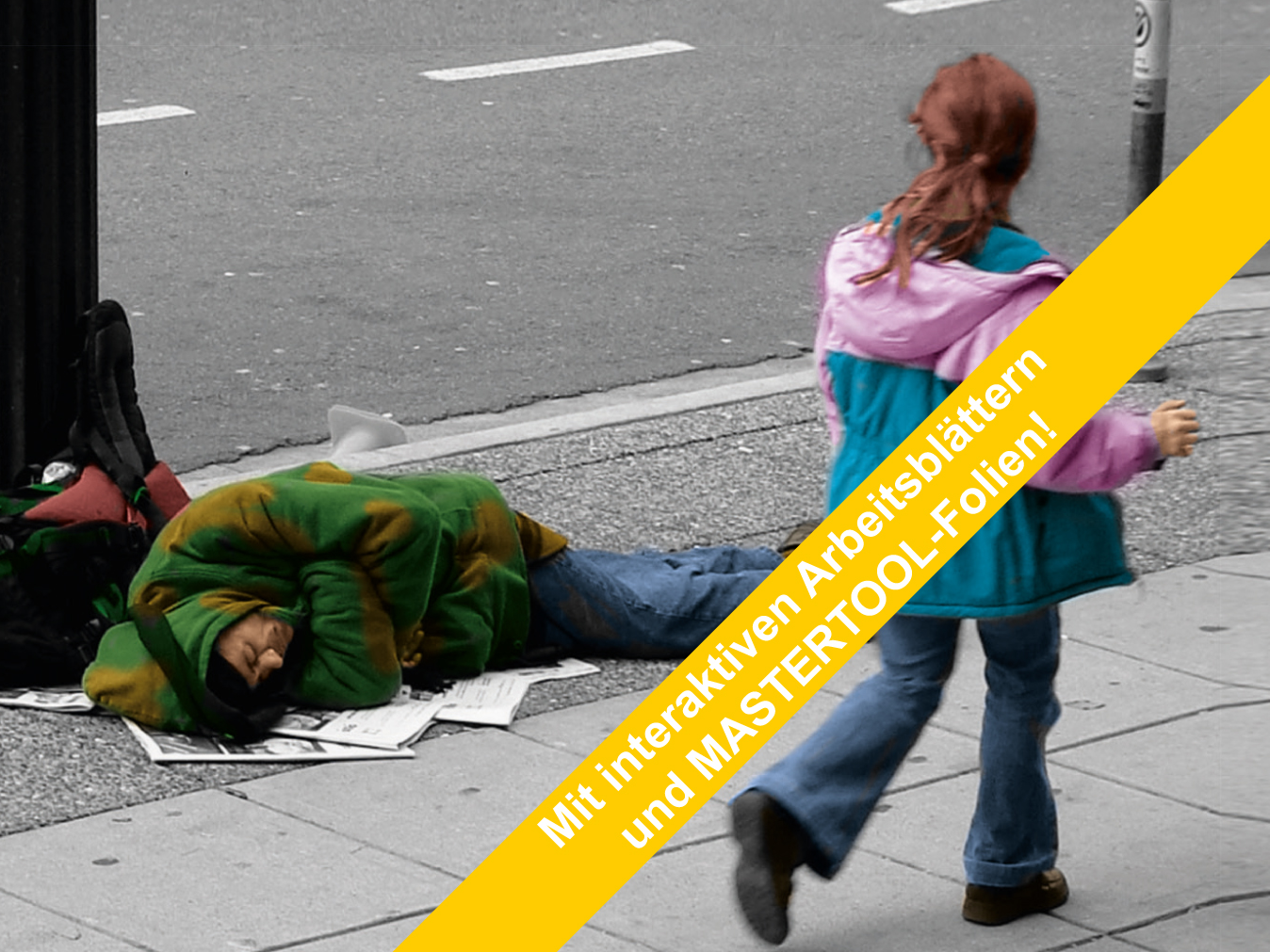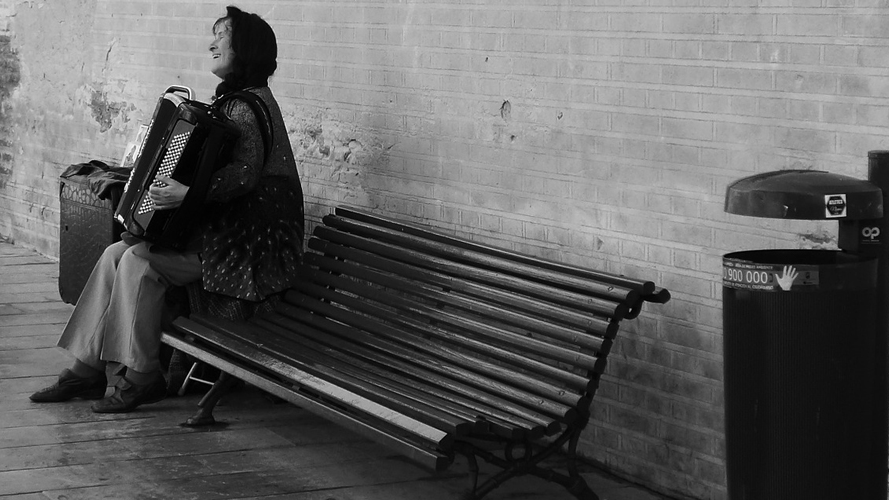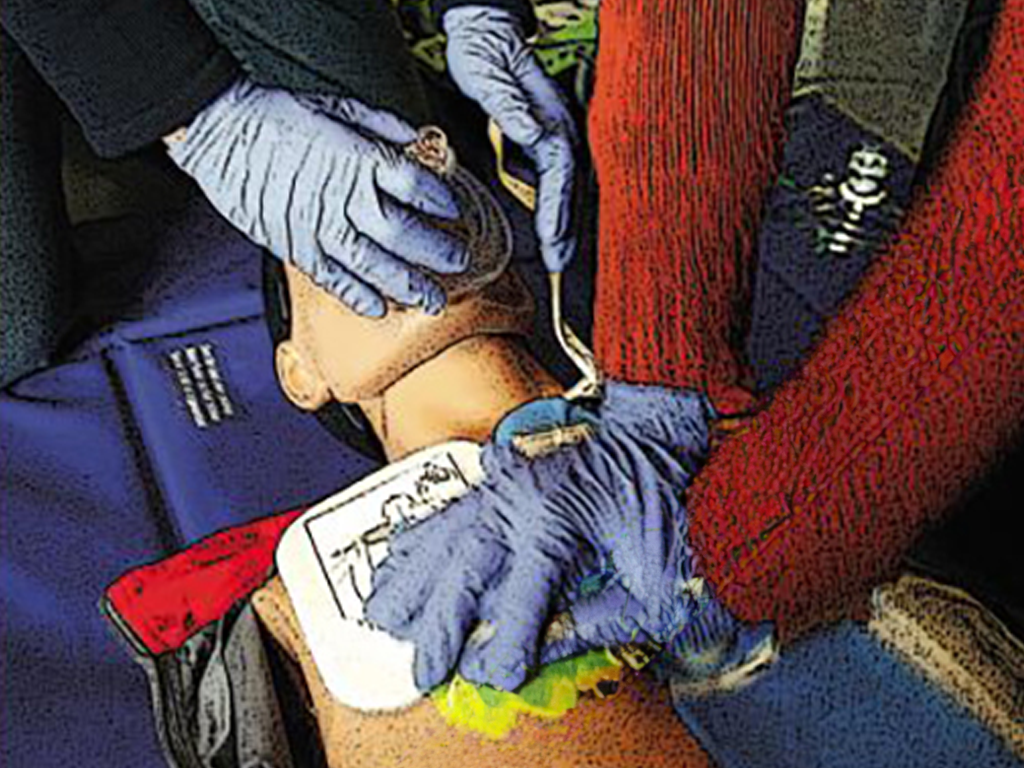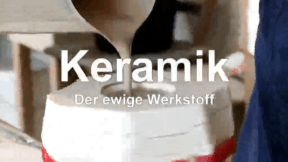 Society
Society

4671637 / 5561460
Armut
Wie verändert sich das soziale Umfeld?
Jenke von Wilmsdorff stellt sich die Frage, wie es ist, arm zu sein. Für dieses Experiment lebt er eine Woche bei einer Familie, die ausschließlich von Hartz IV lebt. In Deutschland leben rund 4,4 Millionen Menschen von Hartz IV. Für Jenke von Wilmsdorff war das bisher nur eine Zahl. Er erlebt die Armut hautnah. Er verbringt Weihnachten mit Menschen, die auf der Straße leben. Hier lernt er Lektionen für sein Leben. Der 32-jährige Blume rät ihm: „Pack dir `nen Knüppel unters Kissen!“ Was Jenke fasziniert ist, dass Blume sein Dasein auf der Straße frei gewählt hat – er hat ein Abitur mit einem Schnitt von 2,2! Während seinen Erfahrungen begleitet ihn immer die Frage: Kann das mir auch passieren? Der Film soll sensibilisieren für diese Frage und den Schülern zeigen, wie es ist, in Armut zu leben. Jenke muss betteln, er schläft auf der Straße. Er hilft der Familie Thiel, einen Neuanfang zu schaffen und bringt neuen Lebensmut in den Familienalltag. So schafft er auch für die beiden Kinder, Yasmin und Florian, neue Perspektiven. Gemeinsam mit dem umfangreichen Begleitmaterial im Datenteil ist die didaktische DVD bestens zum Einsatz im Unterricht geeignet.
Play trailer
Curriculum-centred and oriented towards educational standards
Matching
Resuscitation
It can happen to anyone – of any age, in any place, at any time. Sudden cardiac arrest may quickly prove fatal. Immediate action is called for! Just remember: Check Call Press Anyone can do it. You can't do anything wrong!
Ceramic
Ceramics are indispensable in our everyday lives. We eat from ceramic plates, drink from ceramic cups, use tiled ceramic bathrooms. But how is ceramic manufactured? The film reveals the secrets of this fascinating material! We get to know more about the beginnings of ceramic in the Old World of Egypt and Mesopotamia, about Greece, China and Rome. We gain interesting insights into the valuable earthenware and are also shown the exquisite further development of the "white gold". Today this versatile material is irreplaceable in industry, too. Whether in space or as an easily compatible substitute in medicine, ceramic is applied in many places.









